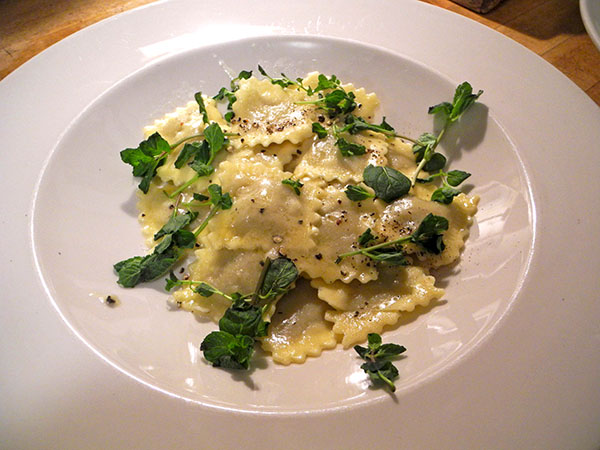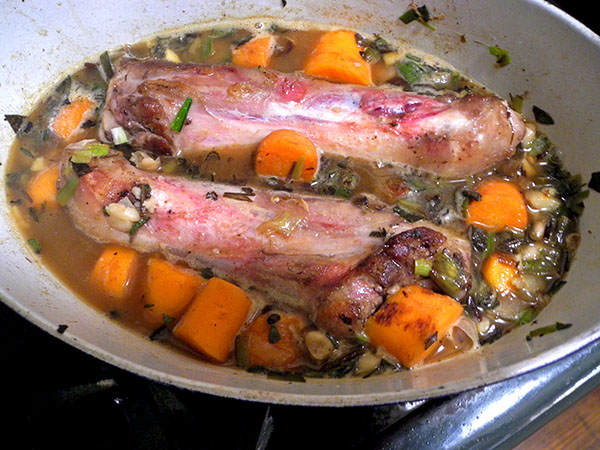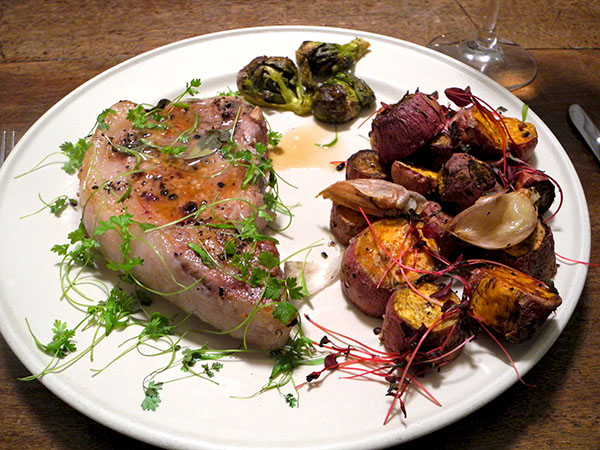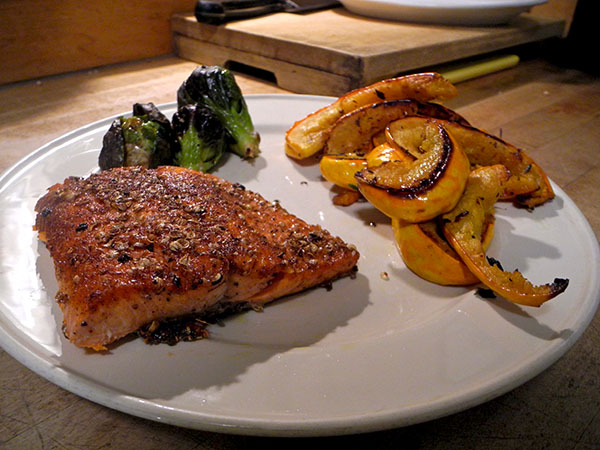
I never have to worry about cooking good salmon: It always comes out well, usually very well, regardless of how I approach it, but this recipe has become a favorite. In fact, I just now realized that this meal was almost identical to one we enjoyed in the beginning of January.
I do feel guilty however about the carbon footprint involved in serving wild salmon, since the fish I cook comes from the Pacific northwest. Eating local wild salmon (once superabundant from New York to Newfoundland, born and spawning in the clean, fast-running waters of hundreds of unspoiled rivers) has been out of the question for a very long time, since the species was virtually eliminated by industrialization, river barriers, overfishing, poor land practices, and air pollution.
There may however be good news for the future: There may be some hope for the restoration of our local genus Salmo, although it’s no sure thing, and even if it shows up in the local market, will it even be the real thing?
But there were local vegetables on the plates, to relieve the pangs of conscience somewhat.
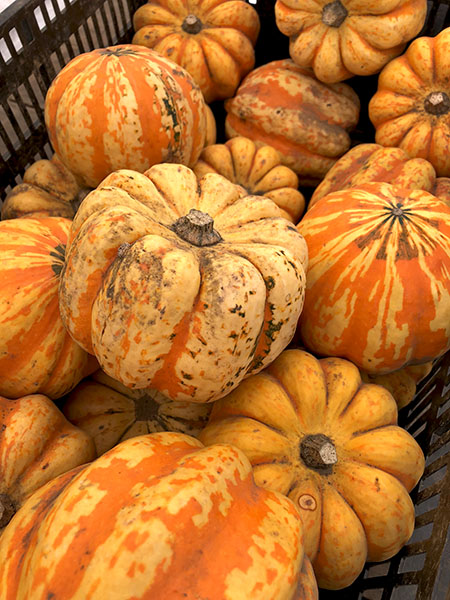
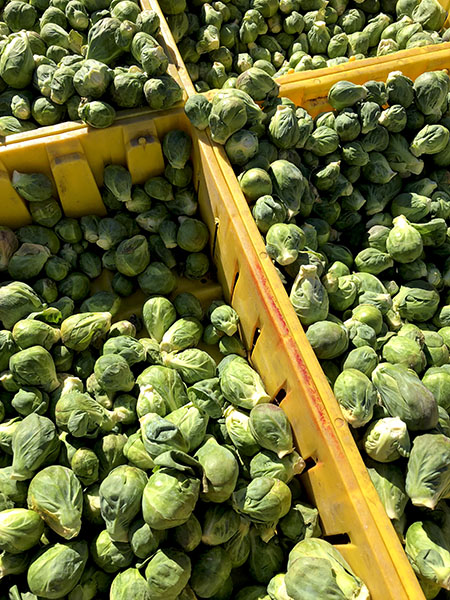
- a 17-ounce section of a wild (previously frozen) fillet from a Pacific Sockeye salmon from Whole Foods Market, skin left on, halved, seasoned on both sides with sea salt and freshly-ground black pepper, the flesh side only [CORRECTION: this should have read “the former skin side”, and in fact this time I incorrectly pressed the mixture on the flesh side]
pressed with a mixture of ground coriander seeds, ground cloves, ground cumin, and grated nutmeg, sautéed, coated side down first, inside an enameled, cast iron oval pan over medium-high heat for 3 minutes or so, turned onto the skin side and cooked 3 or 4 minutes minutes more, finished on the plate with a little squeeze of organic lemon from Whole Foods Market and a drizzle of a good olive oil - one 6-inch Carousel squash (a hybrid of sweet dumpling and acorn) from Tamarack Hollow Farm, scrubbed, halved horizontally, the seeds removed, divided into one-inch wedges, tossed lightly with olive oil, sea salt, freshly-ground black pepper, and one section of a golden dried habanada pepper, then arranged on a large, unglazed, well-seasoned ceramic Pampered Chef pan and roasted on one side at 450ª for 15 minutes, turned onto the other side and roasted for about 10 more minutes, removed from the oven and from the baking pan once they had softened inside but with their edges slightly carbonized and crunchy, then stirred inside a sauté pan in which 3 whole cloves of Keith’s Farm Rocambole garlic had been gently heated in a bit of olive oil with some roughly-chopped sage from Phillips Farms
- Brussels sprouts from Philipps Farms, tossed with olive oil, sea salt and freshly-ground black pepper, then roasted in a hot oven until browned and crisp on the outside (at which point they taste surprisingly sweet and a bit nutty)
- the wine was a California (Lodi) red, Jacqueline Bahue Cabernet Franc Lodi 2016, from Naked Wines
- the music was the album, ‘Eloge du vin et de la vigne de Rabelais à Henri IV‘, performed by the ensemble, La Maurache
